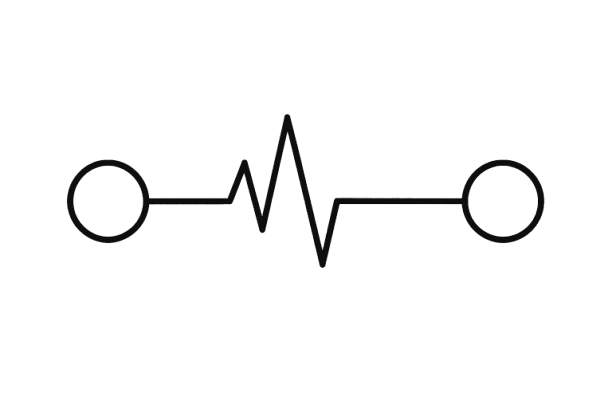While implementing heartbeats in Pensieve, I realized that there are essentially two ways of detecting a node failure. The node proactively signaling “I’m alive” (Push model), and a node periodically asking "Are you alive?" (Pull model)

The push model is often preferred for its lower latency and reduced polling overhead, but it comes with caveats. Let's have a look -
Push Model (POST): Proactive and Scalable
In the push model, each node sends its heartbeat at regular intervals to a central monitor or to its peers. This is typically done via a POST request.
This approach has several advantages:
Scalability: Each node only needs to manage one outbound request per interval.
Efficiency: Lower CPU usage, memory consumption, and fewer open connections, especially in larger clusters.
Clarity of Failure: In the push model, failure = silence. If a node doesn’t send a heartbeat, it’s presumed to be down.
Push-Based Brokers
Brokers push heartbeats every 3 seconds by default. Controller marks broker as dead after missing 2-3 consecutive heartbeats. Consumer groups also use push-based heartbeats to the group coordinator
Following reasons make Push model work for Kafka -
- High-throughput messaging requires minimal overhead
- Broker failures need fast detection for partition reassignment
- Scales well with hundreds of brokers
Pull Model (GET): Reactive and Demanding
In the pull model, a central node (or each peer) periodically pulls status from every other node using GET requests.
While functional, this introduces trade-offs:
Resource Overhead: Each node (or monitor) must initiate N outbound requests every interval in a cluster of size N. This increases load and the number of concurrent connections.
Asymmetric Failures: In a pull model, network partitions and latency can lead to ambiguity. For example, Node A might successfully reach Node B, but B might not reach A. This makes it unclear whether a node is actually down or just slow.
GET requests might get cached, which we definitely don't want for heartbeats where freshness is critical.
When Pull Makes Sense
That said, pull is not inherently bad; it's just better suited for different scenarios.
In environments where:
- You want precise, on-demand control over which nodes are scraped and when.
- The cluster is small or static.
- Node discovery is predictable.
For instance, Prometheus, a popular monitoring tool, uses a pull-based approach to collect metrics and perform health checks. This allows it to scrape targets on a fixed schedule and gives operators tight control over what is monitored and when.
Similarly Kubernetes uses pull-based liveness and readiness probes. It takes the opposite approach with pull-based liveness and readiness probes. The kubelet pulls health status every 10 seconds by default, with rich configuration options for fine-tuning per workload. A typical configuration might look like checking /healthz every 10 seconds with a 5-second timeout and 3 failure threshold.
Other Considerations
There are several other factors that can significantly impact reliability, scalability, and accuracy in health checks. Here are some key considerations I came across:
Interval and Timeout Tuning
Set a sensible heartbeat interval (e.g., every 2s) and a timeout threshold (e.g., 5s). Add slight randomness (jitter) to intervals to avoid all nodes syncing up and causing load spikes. Too short = noisy and expensive; too long = delayed failure detection.
Clock Skew Awareness
Don’t assume perfectly synced clocks across nodes. Always compare durations, not absolute timestamps. This becomes especially important if you're tracking “last seen” times to determine liveness.
Failure Semantics
What does a missed heartbeat mean? It could be a crash, a GC pause, network lag, or a temporary blip. In pull-based systems, it's especially hard to know Your system needs to handle ambiguity gracefully.
Redundancy and Fault Tolerance
If a central node receives heartbeats, what happens if it crashes?
- Consider backup monitors, or decentralize the monitoring using a gossip protocol.
- Log heartbeat failures and recovery events for easier debugging.
Observability
Emit metrics like:
- Heartbeat success/failure count
- Average round-trip time
- Missed heartbeat streaks
These metrics are crucial for diagnosing outages and tracking system health over time.
These subtleties are often overlooked when working with existing frameworks or abstracted infrastructure. Health checks weren't new to me at all, but something I had always taken for granted; which I think was because I never implemented them from scratch. Building a distributed system from ground up forces you to examine every component with a sharper eye. I’ve had to question things I thought I understood and dig deeper into how systems actually behave in the real world.